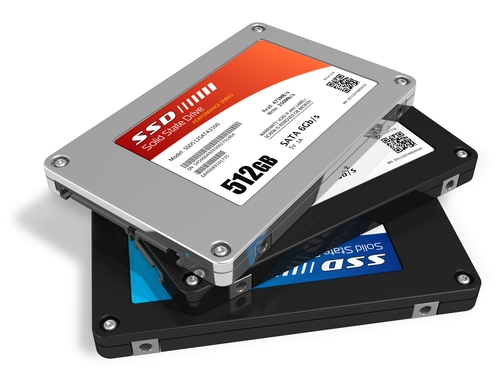Flash memory and SSD drives continue to make gains against traditional HDDs, despite their generally smaller capacities and higher per gigabyte costs. While many consumers have seen the benefits of SSDs in their mobile devices, video and photo equipment and laptops, enterprises are also increasingly turning to NAND flash in their data centers, taking advantage of quick read/write speeds and reliability. Upcoming advancements in 3D flash memory, or vertical NAND, should accelerate the pace at which SSDs overtake spinning hard drives.
Writing for TechWeekEurope UK, Chris Preimesberger explained that SSDs exhibit less wear and tear than HDDs, primarily because they have no spinning parts or mechanical read/write heads and hence are less prone to breakdown. This aspect could make them appealing to companies with high storage needs. Although many organizations stuck with their HDDs during the late 2000s economic downturn, SSDs may finally have the edge due to their longevity. According to Preimesberger, many HDDs only last three years before failing, whereas cutting-edge SSDs now get up to five years of shelf life.
The possible benefits of 3D flash/vertical NAND
Aside from reliability, SSDs may also get a boost from more efficient arrays. Right now, most drives arrange their memory cells horizontally, but this approach may become less appealing as flash cells continue to shrink in size. With the current dominant design, these smaller cells are more likely to cause interference and in turn negate the advantages of SSD-based storage. According to Forbes contributor Janet Rae-Dupree, 20 nanometers may be the threshold beyond which today’s storage arrangements may no longer be optimal.
The solution, already being pursued by several major manufacturers, may be to vertically arrange the cells and drill numerous channel holes into the chip.
“3D flash is now ramping up in production,” explained Preimesberger. “This employs an up/down/across structure in which storage modules are stacked vertically, giving a whole new dimension to the popular solid-state medium.”
Rae-Dupree cited an industry leader’s claim that the next generation of flash will likely consume less power, write twice as quickly and last longer compared to its predecessor, mostly due to its higher density, which can accommodate tiny, cutting-edge chips.
“NAND flash has truly permeated our lives; this technology has been a game changer, making the world a different place,” one flash manufacturer’s executive told Preimesberger.


Recent Comments